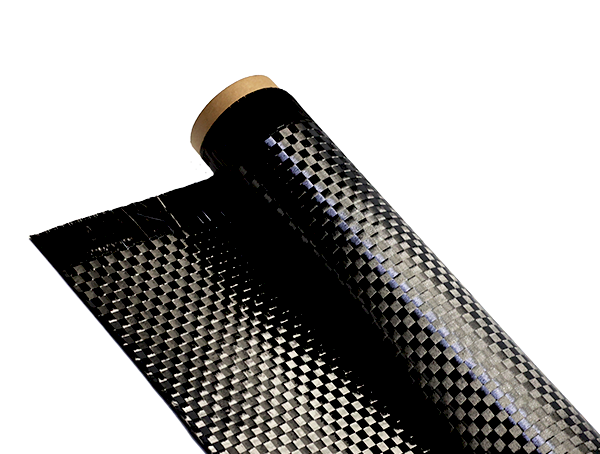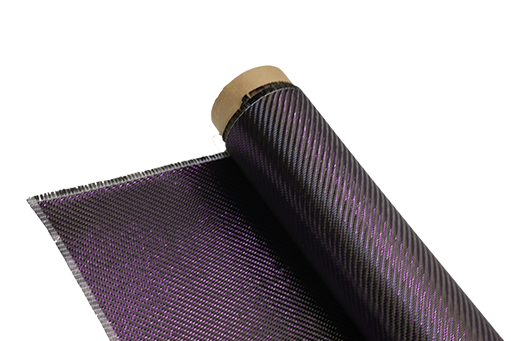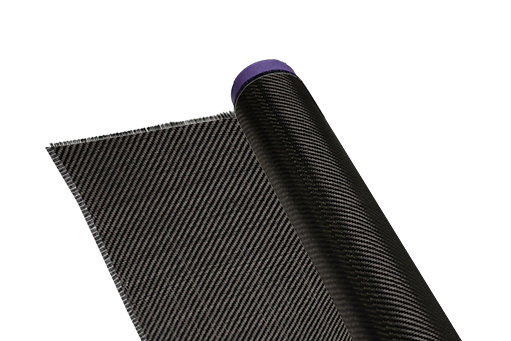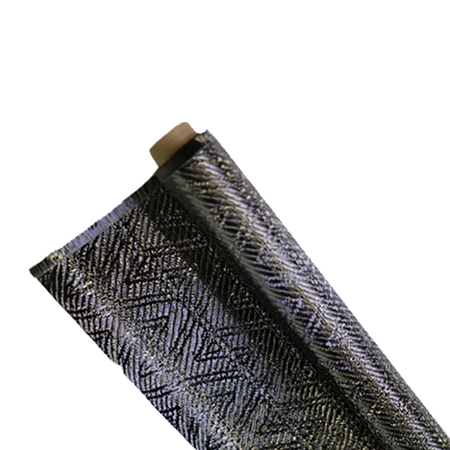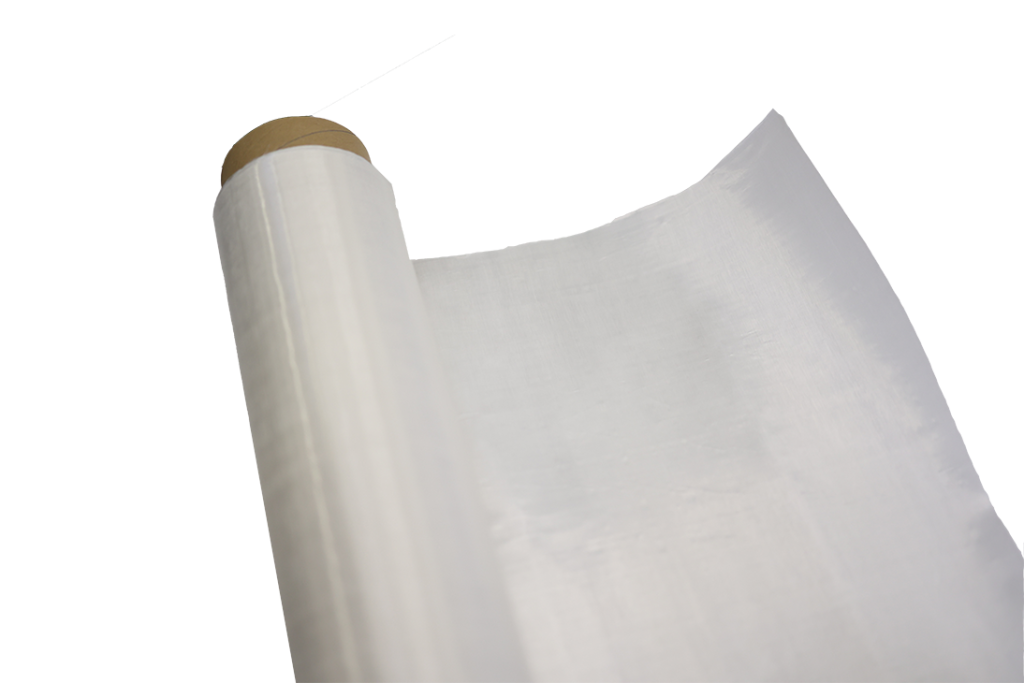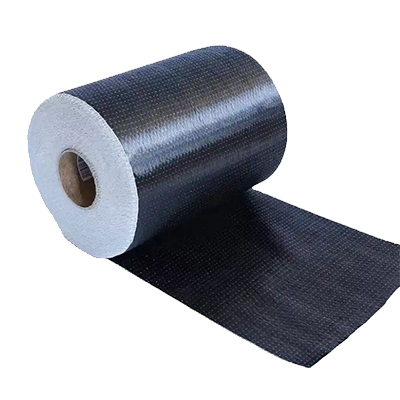Surge in Sporting Goods Drives Up Carbon Fiber Demand
-
Table of Contents
“Surge in Sporting Goods Fuels Rising Demand for Carbon Fiber Innovation.”
The surge in sporting goods has significantly increased the demand for carbon fiber, a lightweight and high-strength material that enhances performance and durability in various athletic equipment. As consumers seek advanced gear that offers improved functionality, manufacturers are turning to carbon fiber to meet these expectations. This trend is driven by the growing popularity of sports and outdoor activities, where the need for high-performance products is paramount. Consequently, the carbon fiber market is experiencing robust growth, fueled by innovations in design and technology that leverage the material’s unique properties.
Carbon Fiber Innovations in Sporting Goods Manufacturing
The surge in the sporting goods industry has catalyzed a remarkable increase in the demand for carbon fiber, a material renowned for its exceptional strength-to-weight ratio and versatility. As manufacturers strive to enhance the performance and durability of their products, innovations in carbon fiber technology have become pivotal in shaping the future of sporting goods. This evolution is not merely a response to consumer preferences; it reflects a broader trend towards integrating advanced materials into athletic equipment, thereby elevating the standards of performance and safety.
One of the most significant advancements in carbon fiber manufacturing is the development of new composite materials that combine carbon fiber with other substances, such as resins and polymers. These composites not only improve the mechanical properties of sporting goods but also allow for greater design flexibility. For instance, in the realm of cycling, manufacturers are increasingly utilizing carbon fiber to create frames that are not only lighter but also more aerodynamic. This innovation has led to bicycles that can achieve higher speeds with less effort, thereby enhancing the overall cycling experience for both amateur and professional athletes.
Moreover, the application of carbon fiber extends beyond bicycles to a wide array of sporting equipment, including tennis rackets, golf clubs, and even running shoes. In tennis, for example, the integration of carbon fiber into racket frames has resulted in improved shock absorption and power transfer, allowing players to hit the ball with greater precision and force. Similarly, golf clubs made with carbon fiber components offer golfers enhanced control and distance, as the material’s lightweight nature enables faster swing speeds without compromising stability. These advancements not only cater to the performance needs of athletes but also align with the growing consumer demand for high-quality, durable products.
In addition to performance enhancements, the sustainability aspect of carbon fiber innovations cannot be overlooked. As environmental concerns continue to rise, manufacturers are increasingly focused on developing eco-friendly carbon fiber production processes. Innovations such as recycling technologies and bio-based resins are being explored to reduce the carbon footprint associated with traditional carbon fiber manufacturing. This shift towards sustainability is not only beneficial for the environment but also resonates with consumers who are becoming more conscious of their purchasing decisions. As a result, sporting goods companies that prioritize sustainable practices are likely to gain a competitive edge in the market.
Furthermore, the customization potential offered by carbon fiber technology is revolutionizing the way athletes approach their gear. With advancements in 3D printing and computer-aided design, manufacturers can now create bespoke sporting equipment tailored to the specific needs and preferences of individual athletes. This level of personalization enhances performance by ensuring that each piece of equipment is optimized for the user’s unique style and physical attributes. Consequently, athletes are increasingly seeking out brands that offer such customization options, further driving the demand for carbon fiber in the sporting goods sector.
In conclusion, the innovations in carbon fiber manufacturing are significantly transforming the landscape of sporting goods. As the industry continues to evolve, the integration of advanced materials not only enhances performance and durability but also addresses sustainability concerns and customization demands. This multifaceted approach is likely to sustain the growing interest in carbon fiber, ensuring that it remains a cornerstone of modern sporting equipment. As athletes and consumers alike seek out the best possible gear, the role of carbon fiber in shaping the future of sports will undoubtedly become even more pronounced.
Environmental Impact of Increased Carbon Fiber Production
The surge in demand for sporting goods has led to a significant increase in the production of carbon fiber, a material renowned for its lightweight and high-strength properties. While the advantages of carbon fiber in enhancing athletic performance and durability are widely recognized, the environmental implications of its increased production warrant careful consideration. As the sporting goods industry expands, the environmental impact of carbon fiber production becomes increasingly pronounced, raising concerns about sustainability and ecological balance.
To begin with, the production of carbon fiber is an energy-intensive process. The primary raw material, polyacrylonitrile (PAN), undergoes a series of complex chemical transformations that require substantial energy input. This energy is often derived from fossil fuels, contributing to greenhouse gas emissions. As the demand for carbon fiber rises, so too does the energy consumption associated with its production. Consequently, the carbon footprint of the sporting goods industry may increase, counteracting efforts to promote sustainability within the sector.
Moreover, the manufacturing process of carbon fiber generates significant waste. The conversion of PAN into carbon fiber involves the release of various byproducts, some of which can be harmful to the environment. For instance, the production process can emit volatile organic compounds (VOCs) and other pollutants that may contribute to air quality degradation. As manufacturers ramp up production to meet the growing demand for sporting goods, the potential for increased environmental pollution becomes a pressing concern. This situation underscores the need for the industry to adopt cleaner production technologies and practices that minimize waste and emissions.
In addition to air pollution, water usage is another critical environmental consideration. The carbon fiber production process requires substantial amounts of water, both for cooling and as a solvent in various stages of manufacturing. In regions where water scarcity is already a pressing issue, the increased demand for carbon fiber can exacerbate existing challenges. This situation highlights the importance of implementing water-efficient practices and technologies in the production process to mitigate the impact on local water resources.
Furthermore, the end-of-life disposal of carbon fiber products poses additional environmental challenges. Unlike traditional materials such as metals or plastics, carbon fiber is notoriously difficult to recycle. As sporting goods made from carbon fiber reach the end of their useful life, they often end up in landfills, where they can persist for decades without breaking down. This lack of recyclability raises concerns about the long-term sustainability of carbon fiber as a material choice in the sporting goods industry. To address this issue, there is a growing need for research and development focused on recycling technologies that can effectively reclaim carbon fiber from used products.
In light of these environmental challenges, it is essential for stakeholders in the sporting goods industry to prioritize sustainability in their operations. This can be achieved through the adoption of greener manufacturing processes, investment in recycling technologies, and a commitment to reducing overall energy consumption. By taking proactive steps to mitigate the environmental impact of carbon fiber production, the industry can align itself with broader sustainability goals and contribute to a more environmentally responsible future.
In conclusion, while the surge in demand for sporting goods has driven up carbon fiber production, it is crucial to recognize and address the associated environmental impacts. By fostering innovation and sustainability within the industry, stakeholders can ensure that the benefits of carbon fiber do not come at the expense of the planet. As the sporting goods sector continues to evolve, a balanced approach that prioritizes both performance and environmental stewardship will be essential for long-term success.
Future Trends in Carbon Fiber Usage for Athletic Equipment
The surge in sporting goods has significantly influenced the demand for carbon fiber, a material renowned for its lightweight and high-strength properties. As athletes and manufacturers alike seek to enhance performance and durability in athletic equipment, carbon fiber has emerged as a preferred choice across various sports. This trend is not merely a fleeting moment; it reflects a broader shift in the industry towards advanced materials that can provide competitive advantages. Consequently, the future of carbon fiber usage in athletic equipment appears promising, with several key trends likely to shape its trajectory.
One of the most notable trends is the increasing integration of carbon fiber in a wide range of sporting goods, from bicycles and tennis rackets to running shoes and golf clubs. Manufacturers are recognizing that carbon fiber can significantly improve the performance characteristics of these products. For instance, in cycling, the use of carbon fiber frames allows for lighter bikes that do not compromise on strength or stiffness, enabling cyclists to achieve higher speeds with less effort. Similarly, in tennis, rackets made from carbon fiber offer enhanced power and control, appealing to both amateur and professional players. As the demand for high-performance equipment continues to grow, it is likely that more sports will adopt carbon fiber technology, further driving its usage.
Moreover, the ongoing advancements in carbon fiber manufacturing processes are expected to play a crucial role in expanding its application in athletic equipment. Innovations such as automated fiber placement and improved resin systems are making it easier and more cost-effective to produce carbon fiber components. These advancements not only enhance the performance of the equipment but also reduce production costs, making it feasible for manufacturers to incorporate carbon fiber into a broader array of products. As these technologies mature, we can anticipate a proliferation of carbon fiber athletic gear that is both accessible and high-performing, catering to a wider audience of athletes.
In addition to performance enhancements, sustainability is becoming an increasingly important consideration in the sporting goods industry. As consumers become more environmentally conscious, manufacturers are under pressure to adopt sustainable practices. This shift is prompting research into bio-based carbon fibers and recycling methods for existing carbon fiber products. The development of sustainable carbon fiber options could not only reduce the environmental impact of athletic equipment but also appeal to a growing segment of eco-conscious consumers. As sustainability becomes a key driver in purchasing decisions, the future of carbon fiber in sports equipment may increasingly align with these values.
Furthermore, the customization of athletic gear is another trend that is likely to influence carbon fiber usage. Athletes are increasingly seeking personalized equipment tailored to their specific needs and preferences. Carbon fiber’s versatility allows for intricate designs and modifications, enabling manufacturers to create bespoke products that enhance individual performance. This trend towards customization is expected to grow, as advancements in manufacturing technologies, such as 3D printing, make it easier to produce unique carbon fiber components. As a result, athletes may find themselves with access to equipment that not only meets their performance requirements but also reflects their personal style.
In conclusion, the future of carbon fiber usage in athletic equipment is poised for significant growth, driven by advancements in technology, sustainability considerations, and the demand for high-performance and customized products. As the sporting goods industry continues to evolve, carbon fiber will likely play an increasingly central role, shaping the way athletes engage with their sports and enhancing their overall experience. The ongoing innovations in this field promise to redefine athletic performance, making carbon fiber an indispensable material in the world of sports.
Q&A
1. **Question:** What is driving the increased demand for carbon fiber in sporting goods?
**Answer:** The surge in demand for high-performance sporting goods, such as bicycles, tennis rackets, and golf clubs, is driving the increased demand for carbon fiber due to its lightweight and strong properties.
2. **Question:** How does carbon fiber benefit sporting goods manufacturers?
**Answer:** Carbon fiber allows manufacturers to create lighter, more durable products that enhance performance, improve user experience, and provide a competitive edge in the market.
3. **Question:** What impact does the rise in carbon fiber demand have on the environment?
**Answer:** The increased production of carbon fiber can lead to higher carbon emissions and environmental concerns, prompting the industry to seek more sustainable manufacturing processes and materials.The surge in sporting goods has significantly increased the demand for carbon fiber, driven by its lightweight and high-strength properties that enhance performance in various sports equipment. As manufacturers seek to improve product quality and durability, the reliance on carbon fiber is expected to grow, leading to advancements in production techniques and sustainability practices within the industry. This trend not only reflects the evolving preferences of consumers for high-performance gear but also highlights the broader implications for material innovation and environmental considerations in sporting goods manufacturing.

